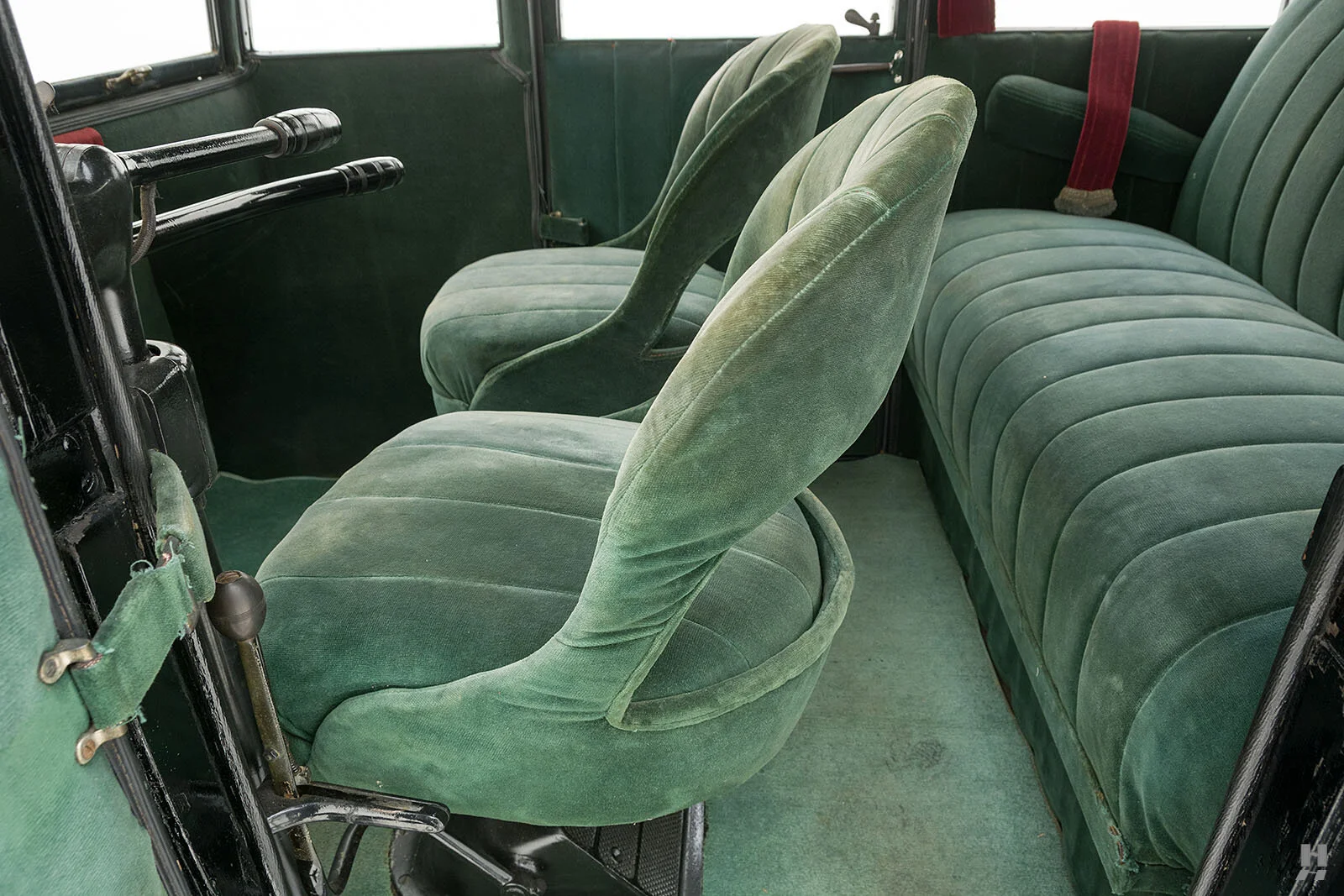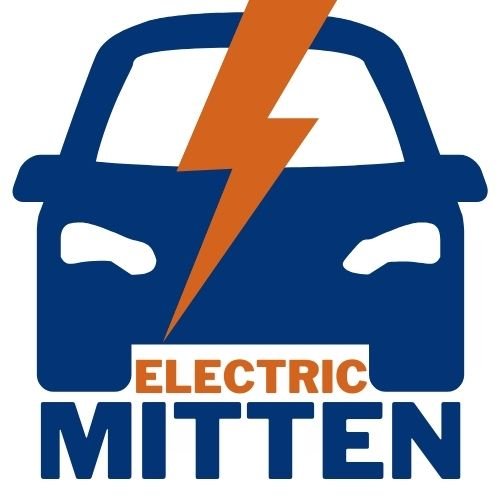1921 Detroit Electric Model 85A - Found On Hemmings
Hemmings.com is a treasure trove of history for sale and, it must be said, the automotive equivalent of the proverbial rabbit’s hole. Once again I find myself searching for old EV’s that I cannot afford, rather than performing chores I would rather not. So here is my latest find, a 1921 Detroit Electric Model 85A.
According to the seller’s description, it is, potentially, the last surviving Model 85A anywhere in the world. This 85A is in fine looking shape, and would make a great addition to any collection of electric vehicles. I really appreciate the design of the front, how it mimics the look of a radiator, but in the same two-tone colors as the body. Awhile back, we featured a 1937 Detroit Electric that had a fake grille, and I find this green and black treatment to be a much more elegant solution. Please check it out below, and if you are interested, it is currently on offer in Saint Louis, MO for $69,500 USD. You can read the seller’s description down at the bottom. Enjoy!






























Seller’s Description:
1921 DETROIT ELECTRIC MODEL 85A 2 DR
With roots going back to approximately 1907, Detroit Electric grew to become the longest-surviving car company dedicated exclusively to battery power. Before adopting the name Detroit Electric, the firm was known as the Anderson Carriage Company, and they were among the earliest champions of battery power for their line of lightweight city cars. After incorporating as Detroit Electric, the company enjoyed strong sales throughout the teens and into the twenties, peaking at nearly 5,000 vehicles per year. Detroit Electrics were widely regarded as high-quality automobiles, with multiple chassis and body options, including several different open touring cars and even a sporty underslung roadster – predating the Tesla Roadster by about a century! By the mid-teens, the bulk of Detroit Electric production comprised of fully-enclosed coupes, broughams, and sedans to best suit their customer base of predominantly well-off, city-dwellers who appreciated the Detroit Electric’s smoke-free running and easy operation, particularly in the days before the self-starter.
Because of the relative simplicity of electric power, not much changed on the cars mechanically for the entirety of production. That also meant Detroit Electric was slow to evolve their styling to make the vehicles appear more conventional. The catalog often had a dizzying array of models and body styles, yet the overall appearance of Detroit Electrics remained unchanged from the teens through the early thirties. It wasn’t until they began purchasing bodies from Willys and Dodge that the Detroit Electric look finally evolved. As electric car sales dwindled in the face of improvements in petrol power, the focus turned to commercial vehicle production. However, passenger cars continued to be offered on a special-order basis, and it is believed that they were still being built as late as 1939.
This 1921 Detroit Electric Model 85A is a rare and unusual example, featuring handsome brougham coachwork and a rarely seen false bonnet/radiator treatment. Handsomely presented in a two-tone black and green livery, it is the subject of a well-maintained older restoration, and it is the only surviving Model 85A known to marque historians. The body is in excellent order, and its front-end treatment shows one of Detroit’s earliest attempts to build a more conventional appearing car. The coachwork is in very good order, the high build quality reflected in its straight panels and excellent fit, while the paintwork is glossy and attractive all around, with only minor imperfections noted on close inspection. Details include straw-colored coach lines, unique rectangular bezels on the head and cowl lamps, and nickel grab handles and wheel caps.
Like many Detroits of the era, the spacious cabin has a parlor-like atmosphere, with an overstuffed bench in the rear and a swiveling front passenger seat, so occupants can chat face-to-face while motoring silently along. This car’s green velour upholstery displays a bit of wear and fading in the fabric, yet it retains a charming character. Detroit was one of the last holdouts of tiller steering, long after the wheel became the industry standard. This 1921 model is no exception, with tiller-based controls for steering and throttle and a foot-pedal operated brake. Instrumentation monitors volts, amps, and speed – so there’s little need for a bulky dashboard.
The beauty of early electric cars like this Detroit lies in their mechanical simplicity. There’s a big electric motor driving the robust rear axle, mechanical rear brakes, and that’s about it. There are no cooling or fuel systems to service, and they are remarkably reliable machines. This example has been renewed with fresh batteries in the front and rear compartments and had new contacts installed for the drive controls, which provides four forward speeds.
Piloting a Detroit Electric is a uniquely enjoyable experience, humming along in near silence, with its relative simplicity providing a fascinating counterpoint to today’s tech-laden, hyper-advanced electric luxury cars. This charming example has the added cachet of being the only known survivor of its type and would be a welcome addition to any diverse and eclectic collection of autos.









